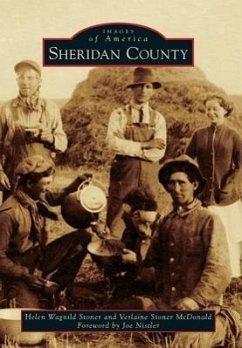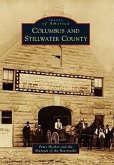Named in honor of Gen. Philip Sheridan of Civil War fame, Sheridan County was carved out of the much larger Valley County in 1913. Originally the hunting grounds for Assiniboine, Sioux, and members of other Native American tribes, the county boomed during the homesteading era from 1900 to 1920. Sheridan County's storied past includes being a hideout for horse thieves and outlaws and, later, home to a renowned Communist movement that reached its apex in the 1920s. Since that bygone era, Sheridan County has enjoyed an often-thriving agricultural economy, oil booms, and the type of community spirit that knits people together, whether they are newcomers or the descendants of its first inhabitants.








